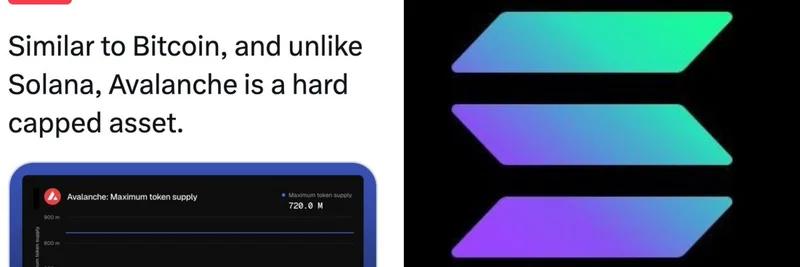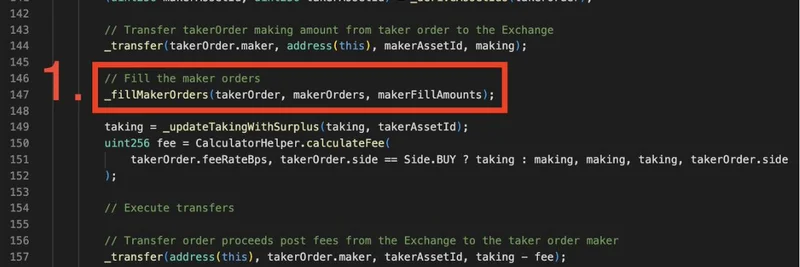The Buzz Around Laura Shin's Latest Tweet
Crypto journalist Laura Shin, host of the popular Unchained podcast, recently sparked a lively discussion on X (formerly Twitter) with a tweet highlighting a bold claim from Brian Rudick, Chief Strategy Officer at Upexi, Inc. In the post, Shin questions whether altcoin Digital Asset Treasuries—commonly known as DATs—should be valued higher than MicroStrategy (MSTR) on a multiple to Net Asset Value (mNAV) basis. Rudick, tweeting under @thetinyant, argues yes, thanks to what he calls the "accretion engine."
The tweet reads: "🤯 Should put altcoin DATs above MSTR on mNAV? Yes, says @thetinyant 👀 The accretion engine: Issue at a premium ➜ compound NAV ➜ add staking & discounted supply ➜ repeat. Agree or too spicy? 🌶️" Accompanied by a video clip from the Bits + Bips podcast episode, it quickly garnered likes, reposts, and a flurry of replies.
What Are DATs and Why Compare Them to MSTR?
For those new to the term, DATs stand for Digital Asset Treasuries. These are companies that allocate a significant portion of their corporate treasury to holding cryptocurrencies, much like MicroStrategy has done with Bitcoin. MSTR, led by Michael Saylor, has become a proxy for Bitcoin exposure, often trading at a premium to its underlying Net Asset Value (NAV) due to its aggressive accumulation strategy.
Altcoin DATs take this concept further by focusing on alternative cryptocurrencies beyond Bitcoin, such as Solana (SOL). Upexi, for example, holds over 2 million SOL tokens, positioning itself as a key player in the Solana ecosystem. Unlike traditional stocks or ETFs, DATs can leverage crypto-specific mechanisms like staking and discounted token purchases to enhance value accretion—building wealth over time through compounding.
In the podcast clip, Rudick explains that DATs offer more embedded growth potential for smaller companies. He contrasts this with MSTR, noting that Bitcoin's mature market leaves less room for explosive upside, whereas altcoins like Solana have greater growth trajectories. Features like staking (earning rewards by locking tokens) and buying discounted or locked tokens add layers of value that MSTR can't easily replicate.
Breaking Down the Accretion Engine
At the heart of Rudick's argument is the "accretion engine," a cyclical strategy designed to boost NAV continuously:
- Issue at a Premium: DATs raise capital by issuing shares or convertible notes at a price above their current NAV, bringing in fresh funds.
- Compound NAV: Use the raised capital to acquire more crypto assets, increasing the treasury's value.
- Add Staking & Discounted Supply: Invest in staking for yields and buy tokens at discounts (e.g., from vested or locked supplies), further amplifying returns.
- Repeat: The growing NAV allows for more issuances at even higher premiums, creating a virtuous cycle.
This approach, Rudick argues, could allow well-managed DATs to trade at higher multiples than MSTR. For instance, if a DAT like Upexi can stake its SOL holdings for additional rewards while Bitcoin offers no such native yield, the former has a built-in advantage. As seen in the video frames, Rudick emphasizes that "all else equal, there's more upside" in altcoins, underpinned by mechanisms like staking.
While the full episode of Bits + Bips dives deeper—discussing why DATs might surpass crypto ETFs—you can check out the podcast on Unchained's website.
Community Reactions: Agree or Too Spicy?
The tweet prompted varied responses from the crypto community. Some users agreed enthusiastically:
- @NoBanksNearby called it a building engine, contrasting it with MSTR's "just buy" approach, and shared a colorful image of an astronaut in a vibrant room—perhaps symbolizing exploration in crypto frontiers.
- @kyo_intern highlighted the immutable and no-mint nature of some DATs, enabling 100% pooled investing.
Others were skeptical:
- @qqzsss warned of potential bubbles, comparing it to pre-crash real estate.
- @0xRavaillac described it as a "DeFi fever dream" that could end in a rug pull if not executed properly.
- @komikume1978 acknowledged the compounding effect but noted MSTR's strong track record and liquidity.
Overall, the debate underscores the divisive nature of DATs in the industry, with concerns about self-dealing and insider advantages raised in recent reports from The Block.
Implications for Meme Tokens and Blockchain Practitioners
At Meme Insider, we're particularly interested in how this ties into the meme token world. Solana, Upexi's focus, is a hotbed for meme coins like Dogwifhat or Bonk, thanks to its low fees and fast transactions. If DATs like Upexi succeed in their accretion strategies, it could inject more capital into the Solana ecosystem, boosting liquidity and visibility for meme projects.
Imagine meme token communities adopting DAT-like structures: issuing community-owned treasuries that stake and compound holdings. This could evolve meme tokens from pure speculation to value-accruing assets, helping practitioners navigate volatile markets. However, as Rudick himself notes in other discussions, 95% of altcoins fail over five years, so success hinges on strong underlying tokens and transparent management.
Whether you find Rudick's take "too spicy" or spot-on, it's clear DATs are shaking up crypto investment paradigms. Stay tuned to Meme Insider for more on how these trends impact meme tokens and the broader blockchain space. What do you think—could DATs eclipse MSTR? Drop your thoughts in the comments!


